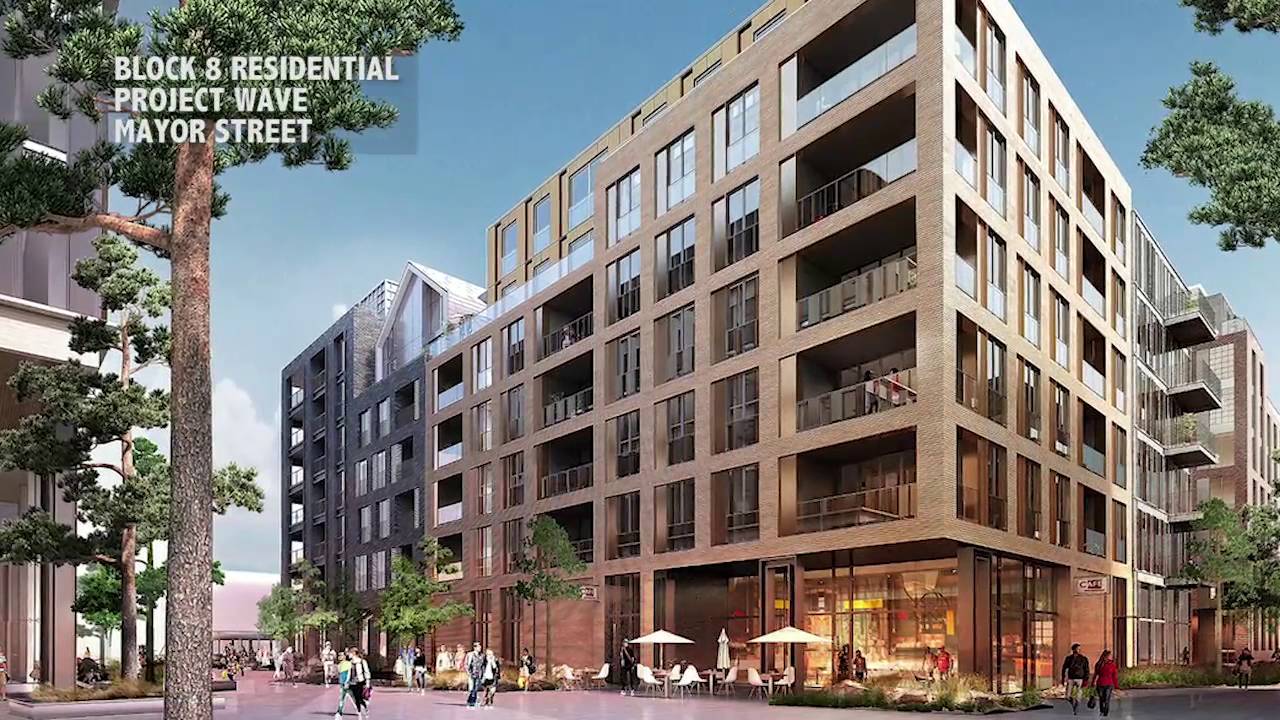Dublin has banked much of its growth on redevelopment of its Docklands north and south of the River Liffey. Hundreds of millions of Euros have been spent by private investment firms to develop the Docklands as a modern mixed-use district linking Central Dublin to its watery reaches of Dublin Bay. Dozens of new structures have been constructed as lowrise and midrise development ranging from Class A office space and luxury apartments to educational institutions and low-income housing.
As a former industrial and port area, many heritage structures in the district have been preserved, integrated, and rehabilitated through new development. Quayside promenades and large public open spaces have been set aside for enjoyment. Public authorities and the state have also contributed substantial investments in new facilities like expansion of the Luas light rail system, extension of DART commuter rail and Iarnród Éireann branch lines, and new bridges over the River Liffey to connect the Docklands to the whole of Dublin and the region.
Ireland’s National Asset Management Agency provides a five-minute video that takes viewers through rendered blocks of the redeveloping Docklands as they are today and envisioned to be in the future.
https://youtu.be/rL55DF0TwQk
Stephen is a professional urban planner in Puget Sound with a passion for sustainable, livable, and diverse cities. He is especially interested in how policies, regulations, and programs can promote positive outcomes for communities. With stints in great cities like Bellingham and Cork, Stephen currently lives in Seattle. He primarily covers land use and transportation issues and has been with The Urbanist since 2014.



